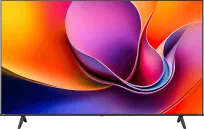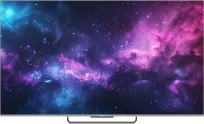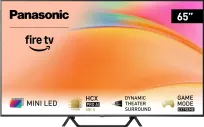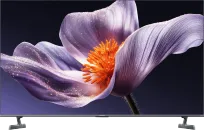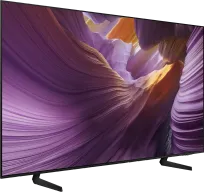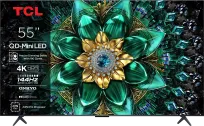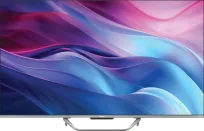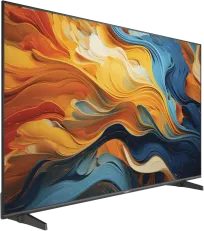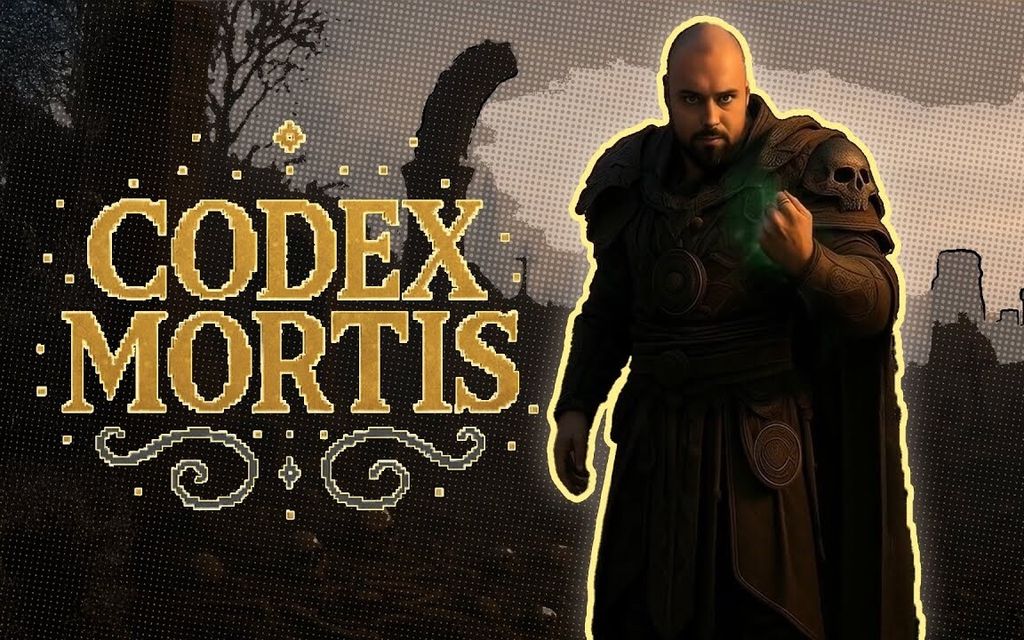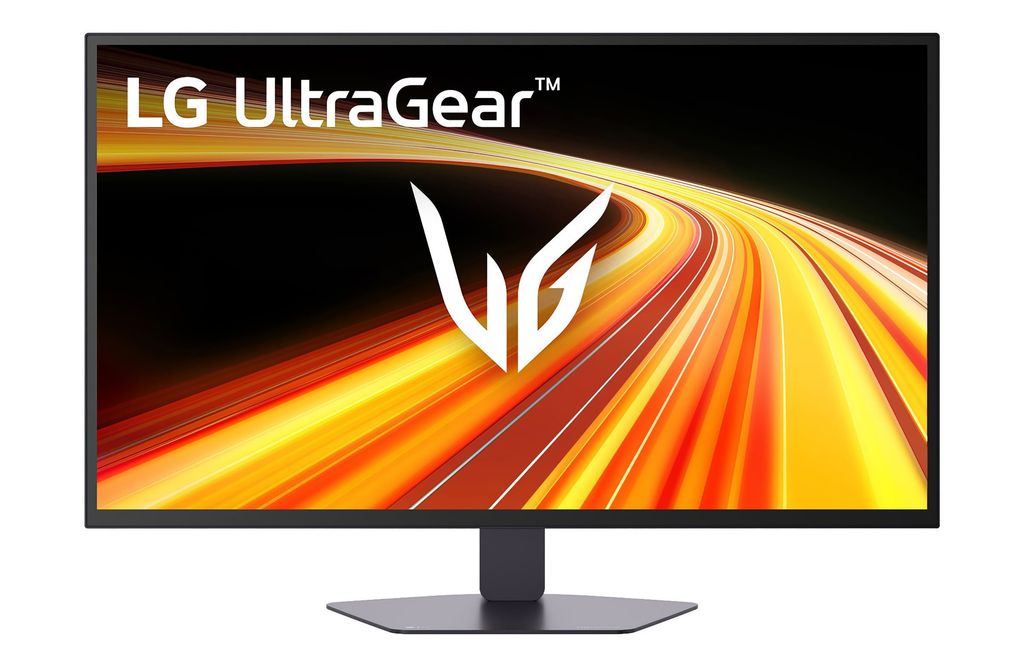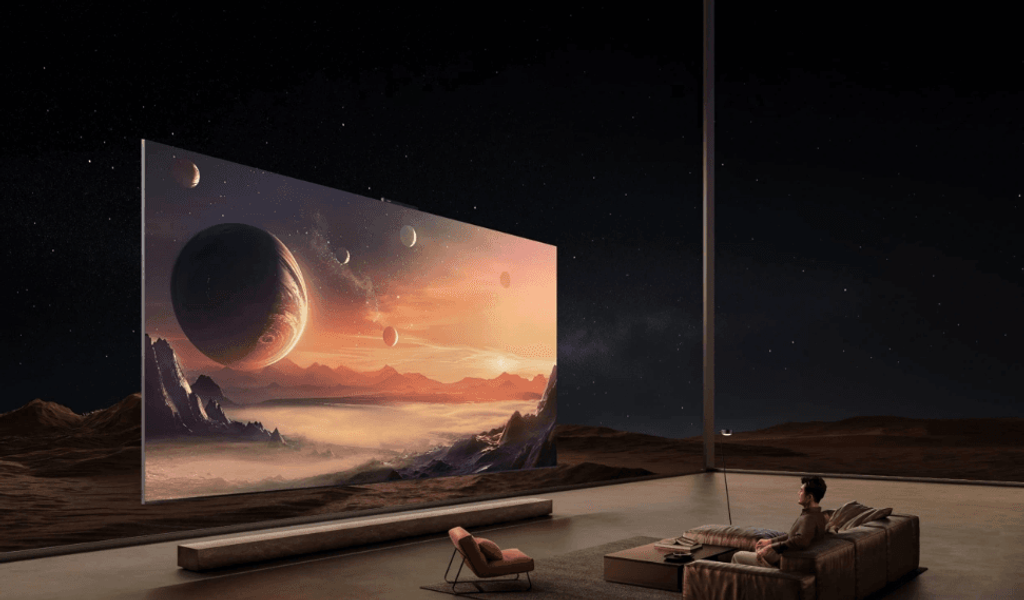
The year 2025 looks exceptionally interesting for Philips. After a somewhat tumultuous 2024 – the launch of the new operating system Titan OS and mixed reviews of some models – expectations for the new lineup are high. Have the most significant shortcomings been addressed? Is Titan OS finally entering a mature phase? Or perhaps the changes also concern the screens themselves and image quality?
We will answer these questions in more detail in the full reviews, but we already know one thing – the first models from the 2025 series have just hit the stores, and the prices are... surprisingly reasonable. Let's go through Philips’ offerings for this year.
Philips The One 2025 (PUS9000 / PUS9010 / PUS9060) - the most popular model in a new edition
The "The One" series has been one of the pillars of Philips television sales for several years. It will be no different in 2025 – the model designated as PUS9000 (also available in stores under the names PUS9010 and PUS9060) has all the qualities to replicate the "success" of its predecessors.




On board, we find a 144 Hz panel and Direct LED backlighting. The manufacturer traditionally does not disclose details regarding the type of panel—so it's worth being cautious, as it is likely that this year the well-known "panel lottery" from previous models still applies, where depending on the size, we might end up with either a VA or IPS panel.
The One 2025 runs on the Titan OS system, which is now supposed to be in a significantly more mature version. There are also features for gamers: full HDMI 2.1, support for VRR (variable refresh rate), and ALLM mode.
Depending on the size, the TV also receives different speaker configurations—75" and 85" models have 50 W, while smaller sizes come with 40 W speakers. A nice addition in the smaller versions will be the rotating stand.
And of course, there is the 3-sided Ambilight system.
Philips MLED910 / MLED920 – successor to PML9009
The new model MLED910 (also known as MLED920) is the direct successor to the PML9009 series from 2024. In terms of specifications, there are no major revolutions – we still have a Mini-LED type television, equipped with a three-sided Ambilight system and the P5 image processor.




The audio configuration is identical to that of The One model – 40 W in smaller sizes, 50 W in 75 and 85 inches. The Titan OS system is also present, and the television supports HDMI 2.1 and gaming features such as VRR and ALLM.
Unlike The One model, here we should expect better black levels and higher contrast thanks to Mini-LED technology. Has Philips improved the shortcomings, such as the weak algorithm responsible for local dimming from last year's series? We will find out in the tests – but we hope that lessons have been learned!
Philips OLED770 – basic OLED for 2025
OLED770 is the simplest OLED television in Philips's offering for 2025 and a direct successor to the OLED769 model. Here we find a 120 Hz panel, VRR support, ALLM, and full HDMI 2.1 – everything needed for comfortable gaming. The specifications suggest that a similar panel was used as in the LG B5 or Samsung S85F models, which would place this model in the entry-level OLED category with great potential. How it will perform in practice? We will find out after the first tests, which will soon appear on our site. Similar to last year, the television features a 3-sided Ambilight system.




Philips PUS8000 vs PUS8500 – two basic "eights" for 2025
This year, Philips has prepared two very similar models from the basic series 8 for buyers – PUS8000 (also known as PUS8010) and PUS8500 (also available as PUS8510 or PUS8560). At first glance, the differences are minimal, but upon closer inspection, several important details are noticeable.
PUS8500 has been marked as a QLED television, which suggests a broader color palette and greater color saturation. PUS8000 does not have this designation – at least not for now – so we can assume that it is a standard LCD panel without an additional layer of quantum dots / PFS LED filter.






The second difference is the support for HDR formats. In promotional materials, PUS8500 is set to receive support for Dolby Vision and HDR10+, while PUS8000 is limited to the open format HDR10+. Considering the rather average brightness of these screens, the presence of Dolby Vision may help achieve a better effect, especially with streaming services.
However, both models share one thing – they will be the cheapest in the offer 4K TVs with Titan OS and Ambilight.
Philips PUS7000 and PUS7800 – the cheapest 4K options available
In the basic segment, Philips is introducing two series labeled "7" in 2025 – PUS7000 and PUS7800 (also known as PUS7810). These are the simplest 4K televisions in this year's offering, stripped of the Ambilight system but equipped with Titan OS and support for dynamic HDR10+ metadata.
As with the series 8, the main difference between the models lies in the use of a QLED layer. PUS7800 is expected to offer a wider color palette thanks to an additional quantum dot filter, which is not found in the base series PUS7000.
These are models for those looking for the cheapest possible 4K Smart TV from Philips – without frills, but with the current system and support for HDR formats or Dolby Atmos.
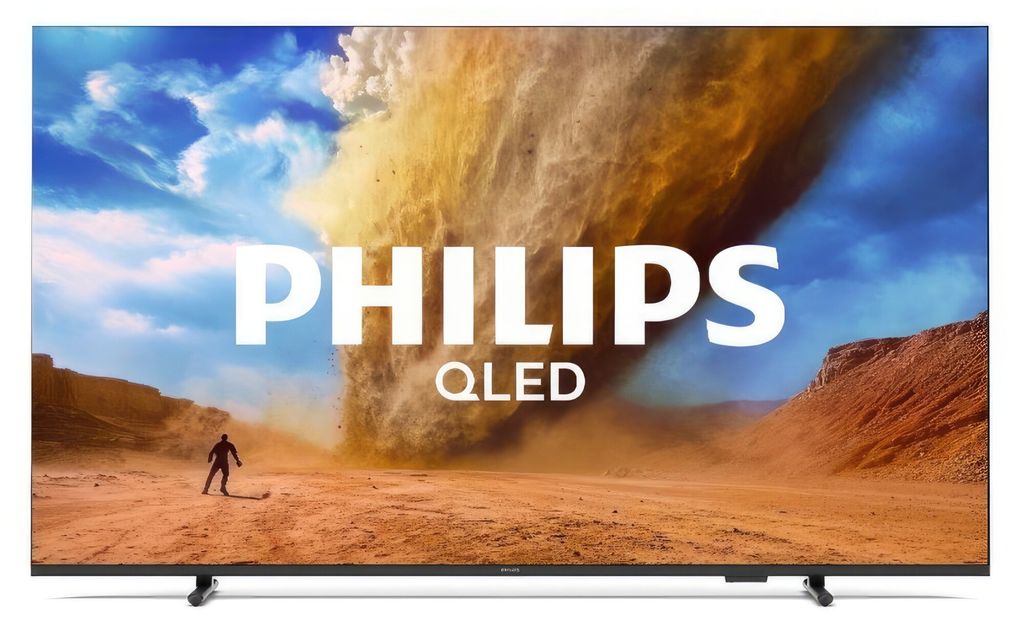





Little One to the Rescue – 32 inches with Ambilight
In 2025, Philips did not forget about... the smallest screens. The new 32-inch PFS6900 television was introduced, aimed at those who really need a small device – maybe for a children's room, kitchen, or at the cottage.



The screen has a resolution of Full HD (1920 × 1080), runs on Titan OS, and is equipped with a remote control featuring Smart functions. However, the biggest surprise is the presence of the Ambilight system – rarely found in such small models.
Philips clearly targets this television at younger users who associate the brand with colorful LEDs. And it's hard to blame them – such an addition in a small television can make a bigger impression than many "Smart" features.
PS. Let us know if you want to see tests of 32-inch televisions with us in 2025!
Philips 2025 TV Prices – How Do They Compare?
We won't go into detailed pricing for each model here, especially since the numbers are often very similar—or only slightly higher—than what we saw in equivalent 2024 models. In many cases, the difference is minimal, and some new models even match last year’s launch prices.
What really stands out, however, is how competitive Philips' 2025 pricing looks compared to the Korean brands. When stacked up against similar TVs from LG or Samsung, Philips often comes in 20–30% cheaper, despite offering comparable specifications. That could make a big difference for buyers looking for "current" tech.
Philips is attacking with prices.
For now, mainly basic models from Philips' 2025 offer have appeared in stores, from the cheapest TVs in series 7 and 8, to the new The One, and up to the interesting, affordable OLED770 and the unusual 32-inch "little one" with Ambilight. It's worth noting that the starting prices are exceptionally well set. (This doesn't mean that it's not worth reaching for last year's models. Our current overview of the most interesting promotions for 2024 can be found below). Looking at the current pricing of Korean competitors – LG and Samsung – it's hard not to get the impression that Philips wants to open the year aggressively. In many cases, we're talking about a difference of even 20–30% compared to their Korean counterparts. Will this strategy be successful? We will find out in the coming months, but if Titan OS proves to be more stable, and the image quality matches the competition, then Philips could really shake things up in the budget and mid-range segments.
 Maciej Koper
Maciej Koper